When it comes to meat consumption around the world, goat meat holds a prestigious place on dinner tables across Africa, Asia, the Middle East, and parts of Latin America. Yet, in the United States, many consumers have never tasted goat meat, let alone considered adding it to their regular diet. This culinary divide represents not just different taste preferences, but deeper cultural, historical, and economic factors that have shaped meat consumption patterns globally. Despite being one of the most widely consumed meats in the world—with approximately 70% of the global population regularly eating it—goat remains a niche product in American markets. This article explores why goat meat is so beloved in many cultures yet so uncommon in American cuisine, examining everything from nutritional benefits to cultural perceptions and market challenges.
The Global Significance of Goat Meat
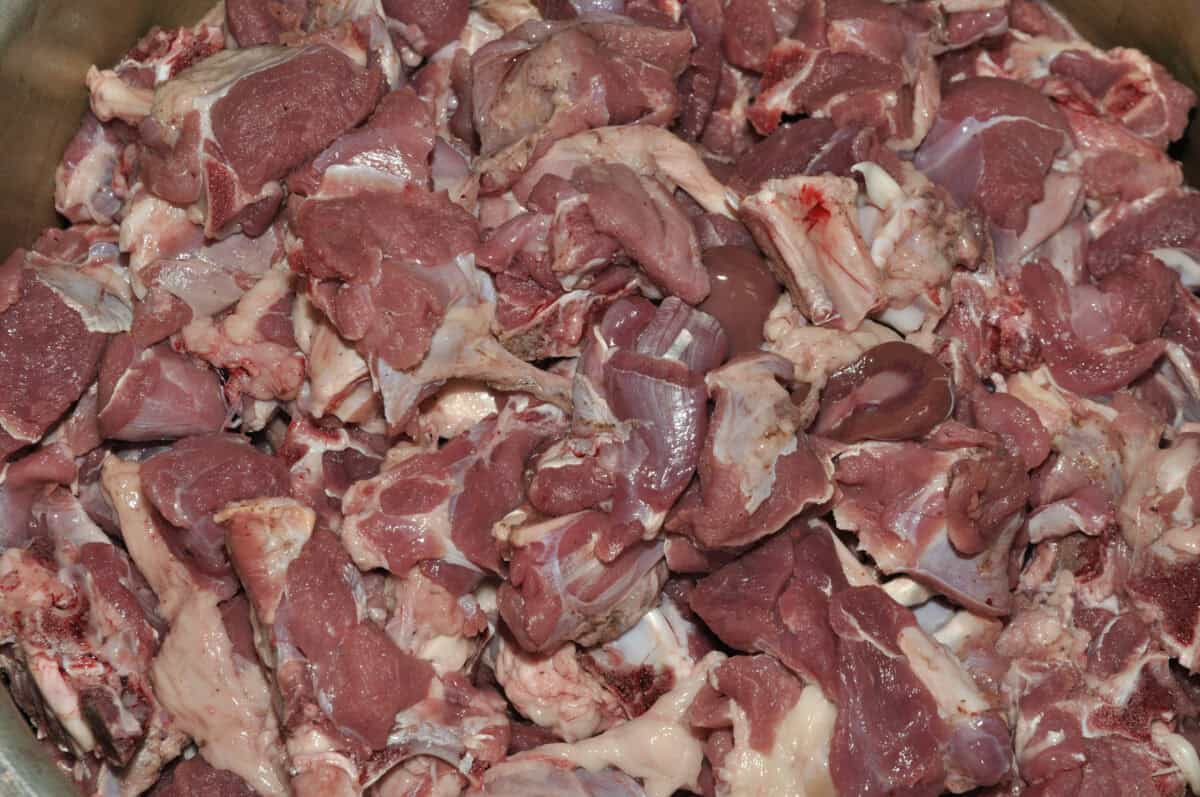
Globally, goat meat accounts for about 5% of all meat consumed, with over two billion people eating it regularly. In countries like India, Pakistan, Bangladesh, Nigeria, and Mexico, goat meat is not an exotic choice but a dietary staple. The United Nations Food and Agriculture Organization reports that goat meat production has increased by over 38% globally in the past two decades, demonstrating its growing importance in the world food system. This trend is particularly pronounced in developing countries where goats provide a sustainable source of protein.
The significance of goat meat extends beyond nutrition. In many cultures, goats play central roles in religious ceremonies, celebrations, and traditional feasts. During Eid al-Adha in Muslim communities, the sacrifice and sharing of goat meat is a sacred tradition. Similarly, in Hindu communities in Nepal and parts of India, goat meat is one of the few meats permitted for religious ceremonies. In Caribbean and Latin American cultures, dishes like curry goat and birria have deep cultural roots that connect communities to their heritage and ancestors.
Nutritional Profile and Health Benefits
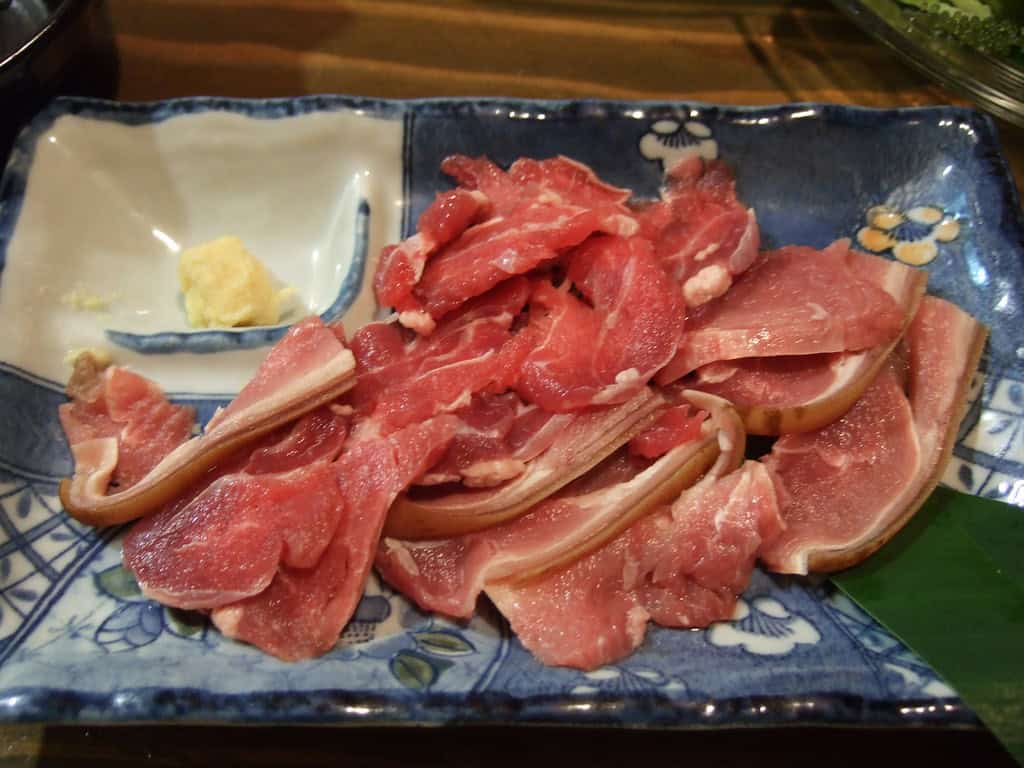
Goat meat stands out as a particularly nutritious protein source. It contains less fat, saturated fat, and cholesterol than other red meats like beef and pork, while providing comparable protein levels. A 3-ounce serving of goat meat contains approximately 122 calories and 23 grams of protein, making it a lean option for health-conscious consumers. It’s also lower in calories than chicken, beef, pork, and lamb while providing more iron than chicken.
Beyond basic nutrition, goat meat is rich in essential nutrients including iron, potassium, and B vitamins. It provides a significant amount of vitamin B-12, which is crucial for nervous system function and blood cell formation. The high iron content makes it valuable for preventing anemia, while its low sodium levels benefit those monitoring blood pressure. As consumers become increasingly health-conscious, these nutritional advantages could potentially drive greater interest in goat meat even in markets where it’s traditionally been uncommon.
Historical Context in American Food Culture
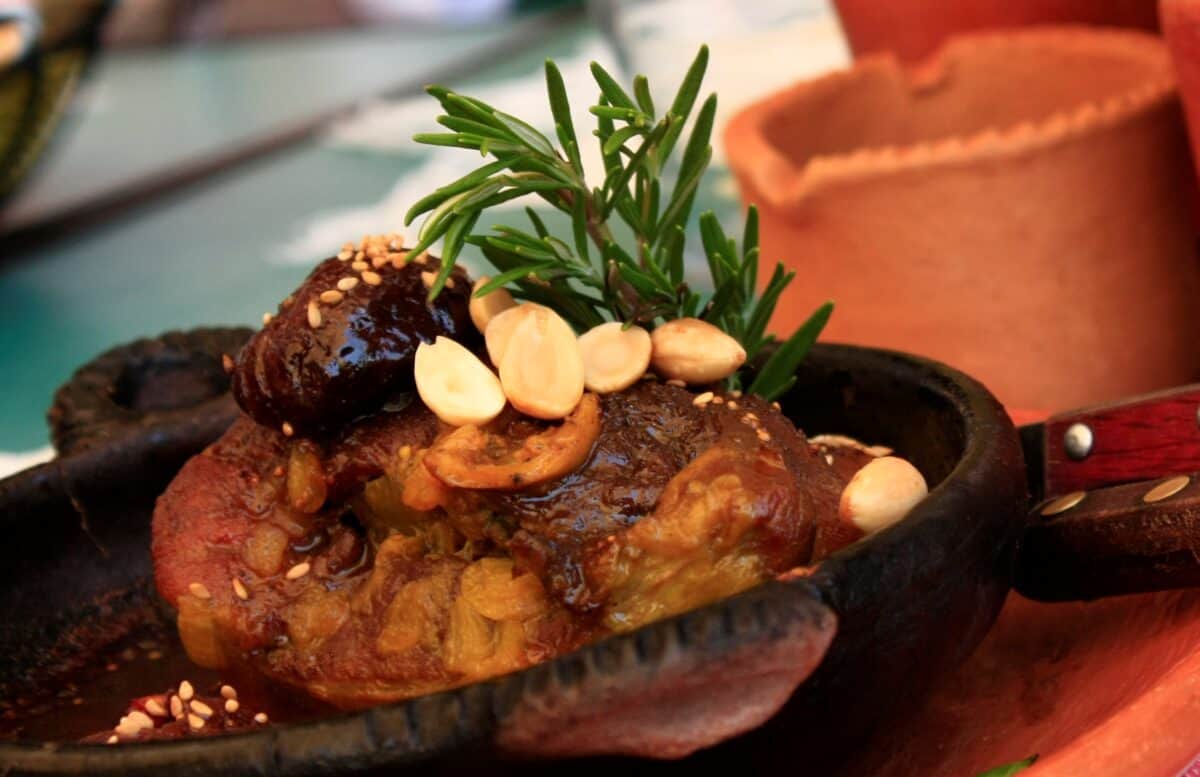
America’s relationship with goat meat has been complicated by historical factors that shaped the nation’s agricultural development. When European settlers arrived in North America, they brought cattle, pigs, and sheep rather than goats. These animals became the foundation of American animal husbandry, with infrastructure, breeding programs, and markets developing around them. Goats were primarily kept for milk production rather than meat, establishing a pattern that would persist for centuries.
During the 19th and 20th centuries, as America’s food system industrialized, the focus remained on beef, pork, and chicken. These industries benefited from government subsidies, research support, and marketing campaigns that cemented their place in the American diet. Meanwhile, goat meat remained associated with immigrant communities and was often stigmatized as “foreign” or “poverty food.” This historical trajectory established both physical infrastructure and cultural norms that continue to limit goat meat consumption in the U.S. today.
Cultural Perceptions and Stigma
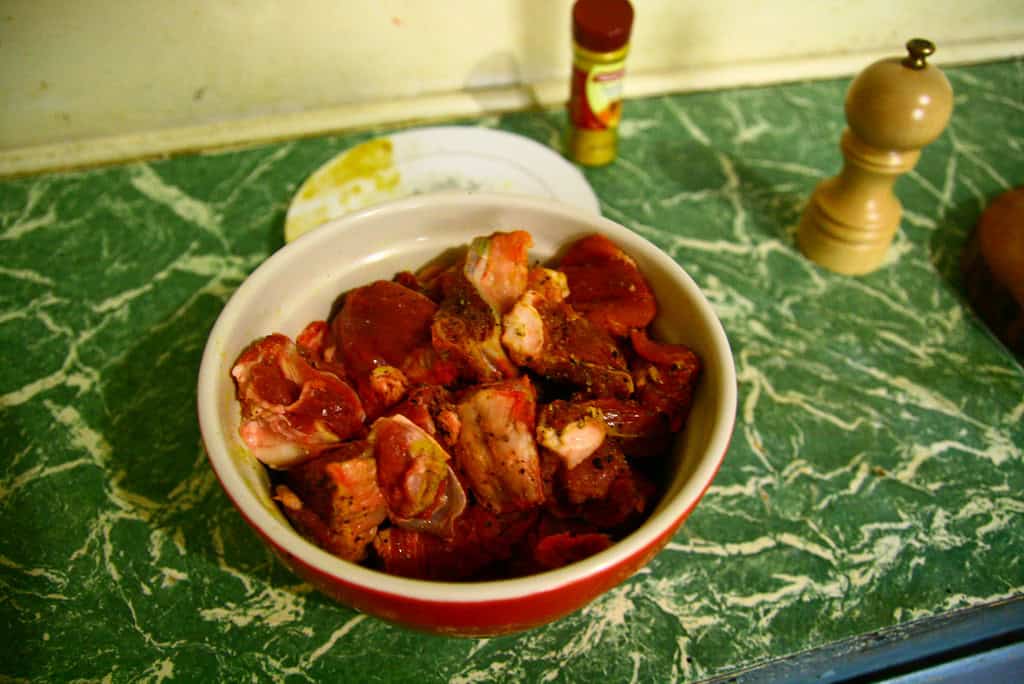
In the United States, goat meat has long battled perception issues that have limited its mainstream acceptance. Many Americans without exposure to diverse food traditions associate goats with petting zoos rather than dinner plates. There’s also a persistent misconception that goat meat is tough, gamey, or unpleasantly strong-flavored. These perceptions create psychological barriers to trying goat meat, even among consumers who might otherwise be adventurous eaters.
The stigmatization of goat meat also has troubling connections to xenophobia and classism in American culture. Foods associated with immigrant communities or developing nations have historically been marginalized in American cuisine. This culinary othering has affected many foods that later became mainstream—like sushi or hummus—but goat meat has struggled to overcome these barriers. The perception of goat as a “poverty food” or “ethnic food” rather than simply “food” continues to influence consumer choices, even as American palates become more globally influenced.
Sustainability and Environmental Advantages
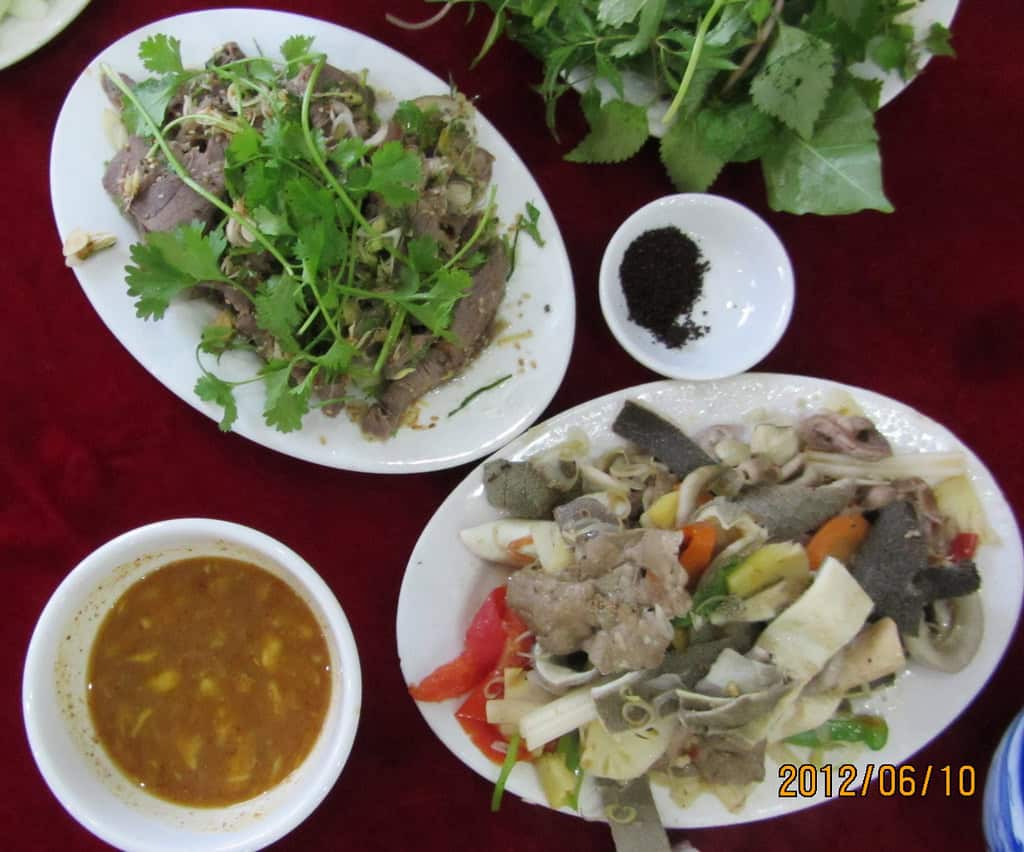
From an environmental perspective, goat farming offers significant advantages over other livestock operations. Goats are browsers rather than grazers, meaning they eat a wider variety of vegetation including woody plants, shrubs, and weeds that other livestock won’t consume. This makes them excellent for controlling invasive species and maintaining diverse landscapes without relying heavily on grain feeds. Their ability to thrive on marginal land unsuitable for other agricultural uses makes them particularly valuable in arid regions.
The carbon footprint of goat meat production is also notably lower than that of beef. Research indicates that goat production generates approximately 20% less greenhouse gas emissions per pound of meat compared to beef production. Goats require less water and feed to produce a pound of meat than cattle, making them a more resource-efficient choice in many environments. As sustainability concerns increasingly influence food choices, these environmental benefits could become compelling selling points for American consumers who prioritize ecological impact in their purchasing decisions.
Supply Chain and Infrastructure Challenges
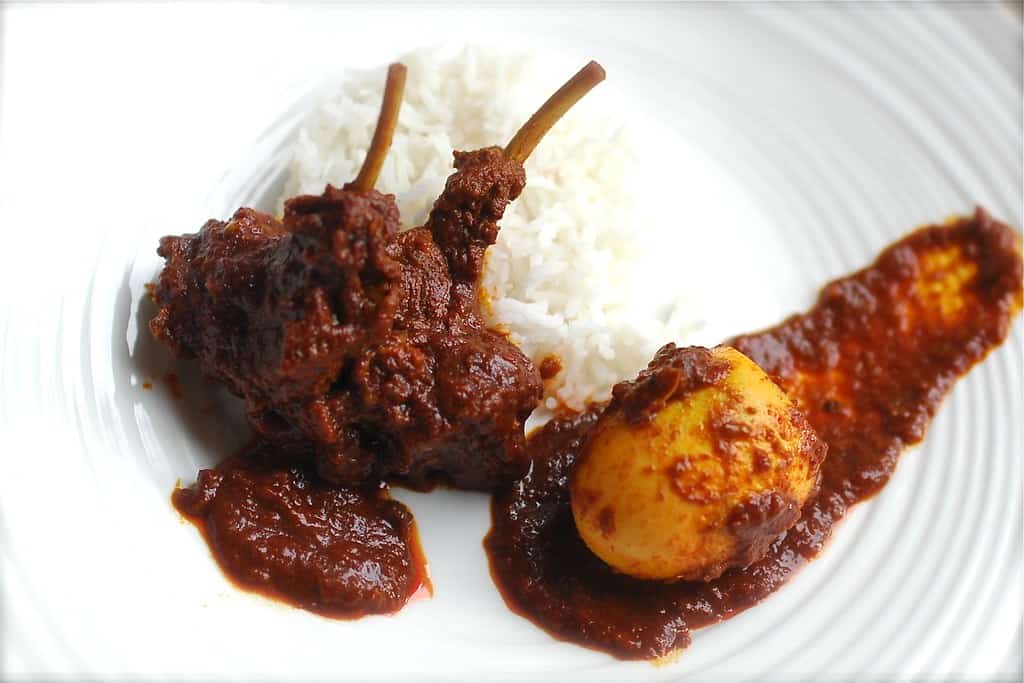
One of the most significant barriers to increased goat meat consumption in the U.S. is the underdeveloped supply chain. The American meat system has been optimized for beef, pork, and poultry, with massive processing facilities, distribution networks, and retail relationships built around these industries. Goat processing facilities are comparatively scarce, and many small-scale producers struggle to find USDA-inspected slaughterhouses that will handle goats. This infrastructure gap creates bottlenecks that limit supply and increase costs.
Marketing and distribution channels for goat meat also remain limited. Many conventional supermarkets don’t carry goat meat at all, while those that do may offer only frozen imported products. The market fragmentation means that goat meat is primarily sold through ethnic markets, specialty butchers, or direct farm-to-consumer arrangements. This limited availability creates a cycle where low visibility leads to low demand, which in turn discourages retailers from expanding their offerings, perpetuating the niche status of goat meat in the American market.
Immigrant Communities as Preservers of Tradition
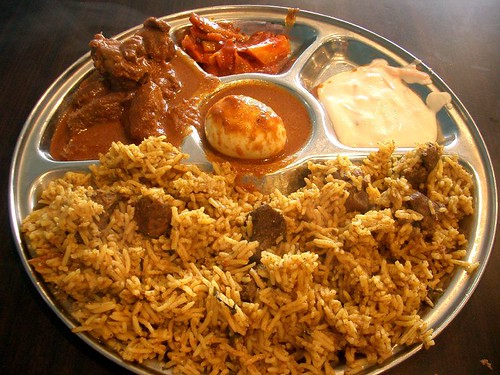
Despite the challenges, goat meat maintains a steady presence in the United States thanks largely to immigrant communities that have preserved their culinary traditions. Mexican, Caribbean, Middle Eastern, South Asian, and East African communities have created demand that supports small-scale goat farming and specialized ethnic markets across the country. In cities with large immigrant populations, restaurants serving dishes like birria, curry goat, or kibbe have introduced some native-born Americans to the culinary possibilities of goat meat.
These communities have maintained knowledge about goat preparation that might otherwise have been lost in the American context. Techniques for slow-cooking tougher cuts, marinating and seasoning to complement the meat’s flavor, and utilizing the entire animal represent culinary wisdom developed over generations. As interest in global cuisines continues to grow among American diners, these traditional preparation methods offer valuable templates for introducing goat meat to wider audiences in formats that highlight its unique qualities.
Successful Goat Meat Dishes Around the World
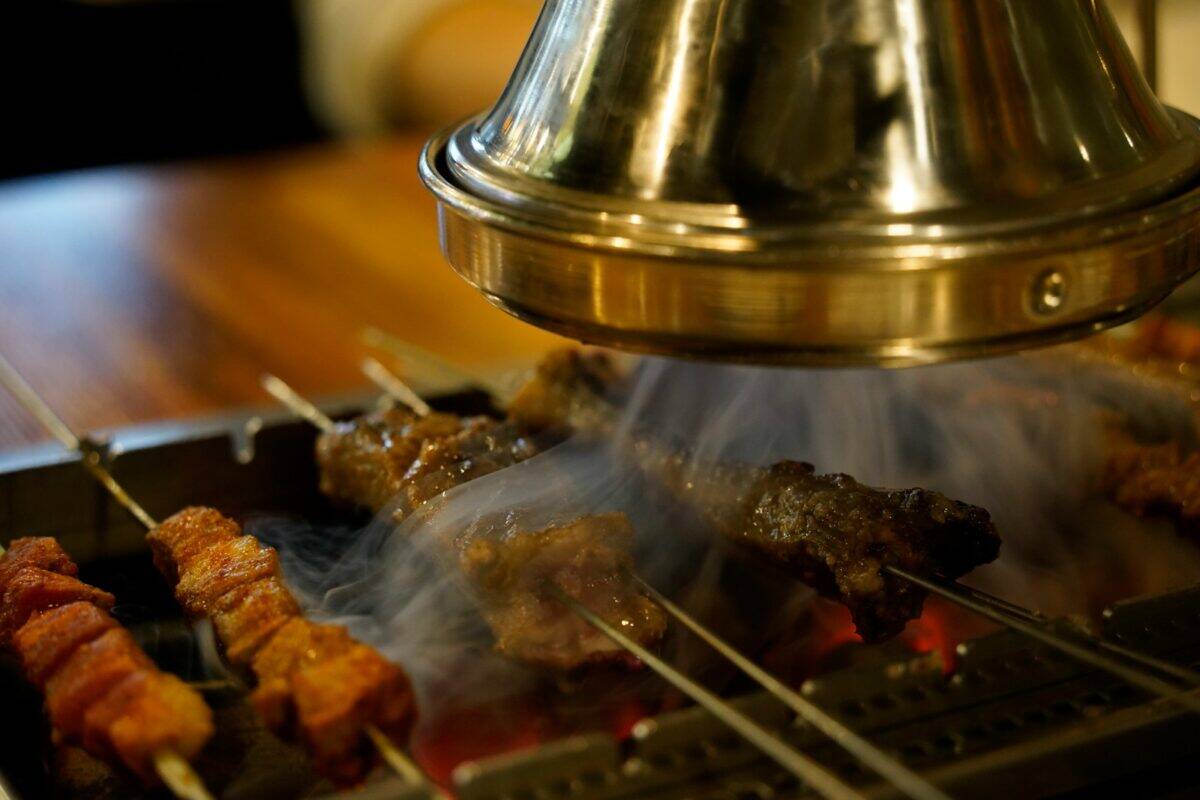
The global repertoire of goat meat dishes demonstrates its remarkable versatility. In Mexico, birria—a spicy stew traditionally made with goat—has gained international popularity, even appearing in trendy taco forms in American cities. Jamaican curry goat combines aromatic spices with slow-cooked meat for a rich, flavorful dish that’s a staple at celebrations. In India, dishes like mutton biryani (often made with goat rather than sheep) and goat curry showcase complex spice blends that complement the meat perfectly.
Middle Eastern cuisines offer different approaches to goat preparation. Lebanese kibbe features ground goat meat mixed with bulgur wheat and spices, while Moroccan tagines combine goat with fruits, honey, and warm spices for a sweet-savory balance. In East Africa, nyama choma (grilled goat) is a popular celebration food, while West African soups and stews incorporate goat with peanuts, greens, and fiery peppers. These diverse preparations demonstrate that goat meat can adapt to nearly any culinary tradition when prepared with appropriate techniques and complementary ingredients.
Economic Factors and Market Dynamics

The economics of goat meat in America create interesting paradoxes. Despite low domestic production, the U.S. imports approximately 52 million pounds of goat meat annually, primarily from Australia and New Zealand, to meet existing demand. This suggests that the market is larger than domestic production can currently satisfy. The price point of goat meat in the U.S. tends to be higher than more common meats—often retailing for $10-15 per pound—positioning it as a premium product rather than an everyday protein.
For farmers, goats can offer economic advantages. They require less land and capital investment than cattle operations, making goat farming more accessible to small-scale and beginning farmers. The relatively quick reproductive cycle of goats—with females able to produce 2-3 kids annually—allows for faster herd growth and return on investment compared to cattle. These factors have led to increasing interest in goat production among diversified small farms and those seeking to enter livestock farming with limited resources, potentially expanding domestic supply over time.
Changing American Palates and Future Prospects

American food preferences have undergone significant evolution in recent decades, suggesting potential for increased goat meat acceptance. The growing interest in global cuisines, farm-to-table eating, and novel food experiences has created openings for previously marginalized foods to enter the mainstream. Adventurous diners in urban centers have embraced once-exotic ingredients like kimchi, harissa, and yuzu, demonstrating the potential for palate expansion when foods are presented in appealing contexts.
The rise of influential food media, celebrity chefs, and social media food content has accelerated the spread of diverse food traditions. Chefs like Andrew Zimmern and the late Anthony Bourdain have advocated for goat meat consumption, highlighting its culinary value and cultural significance. As younger generations demonstrate greater openness to diverse food experiences and concern for environmental impact, goat meat’s combination of sustainability credentials and global culinary heritage could position it for growth in the American market.
Ethical and Humane Production Considerations

For consumers concerned with animal welfare, goat farming often presents advantages over industrial livestock production. Goats are typically raised in more extensive systems with greater access to outdoor space and natural behaviors than industrially produced chickens or pigs. Their natural browsing behavior lends itself to pasture-based systems rather than confinement operations. However, as with any animal agriculture, practices vary widely, and not all goat production adheres to high welfare standards.
The growing interest in ethical meat consumption has created markets for transparently produced, humanely raised animal products. This trend offers opportunities for goat farmers who employ sustainable, high-welfare practices to differentiate their products and connect with values-driven consumers. Direct marketing approaches like farmers’ markets and community-supported agriculture programs allow producers to communicate their practices directly to consumers and potentially command premium prices that reflect the true cost of ethical production.
Conclusion: Bridging the Culinary Divide
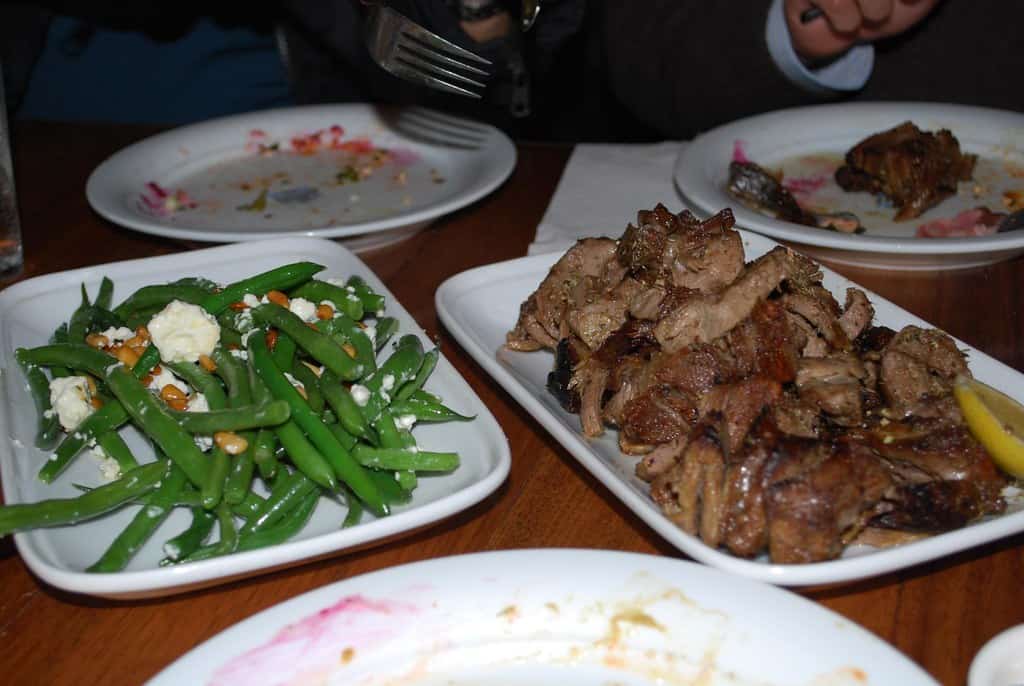
The story of goat meat in America reflects broader questions about food culture, globalization, sustainability, and identity. While deeply entrenched historical and infrastructural factors have limited its popularity, changing consumer preferences and growing environmental concerns create new possibilities for this globally significant protein. The nutritional benefits, environmental advantages, and rich culinary traditions associated with goat meat offer compelling reasons to reconsider its place in the American diet. As cultural barriers erode and supply chain challenges are addressed, goat meat may gradually find its place alongside more familiar proteins on American plates.
For curious consumers, exploring goat meat might mean visiting restaurants that specialize in traditions where it features prominently, seeking out recipes that properly showcase its qualities, or supporting local farmers who are working to build sustainable goat operations. The future of goat meat in America will ultimately depend on bridging knowledge gaps, overcoming stigma, and creating accessible entry points for consumers unfamiliar with its preparation. Whatever its trajectory, goat meat’s global significance reminds us that our food choices reflect not just taste preferences but complex cultural histories, economic systems, and environmental relationships that continue to evolve over time.
- Why Goat Is a Staple Meat in Many Cultures—But Rarely in the U.S. - August 14, 2025
- Why Bison Are Protected in U.S. National Parks - August 14, 2025
- How Sea Snakes Breathe While Living in the Ocean - August 14, 2025

